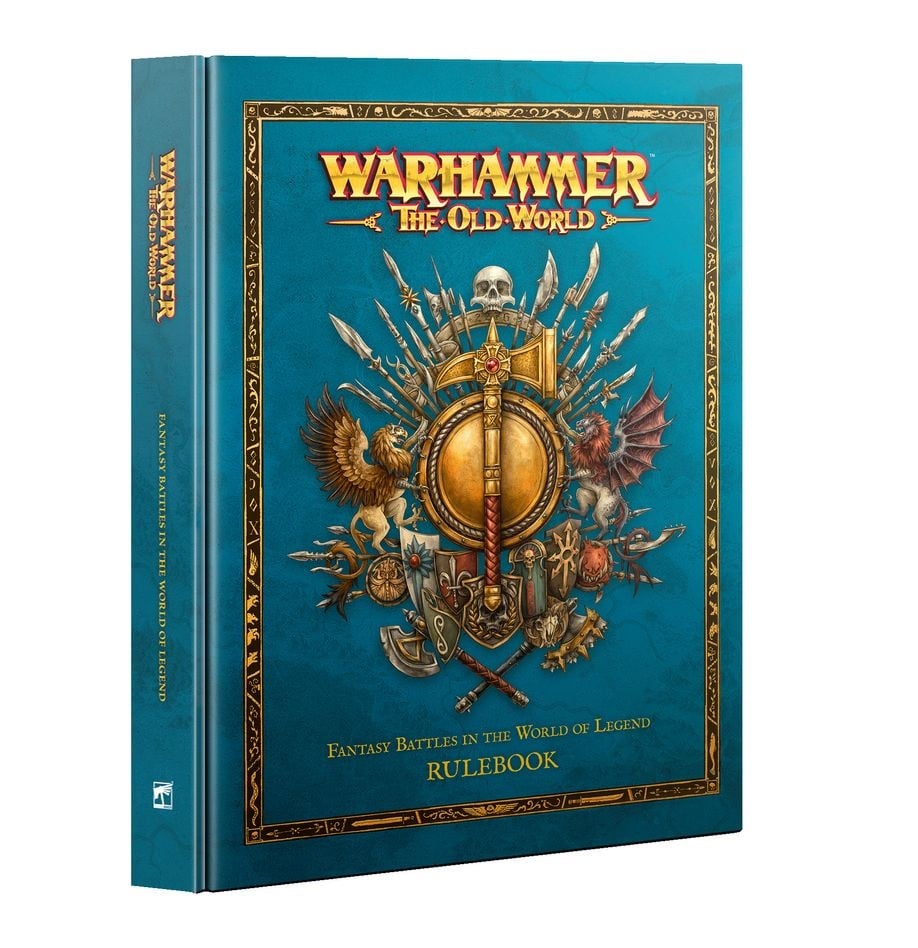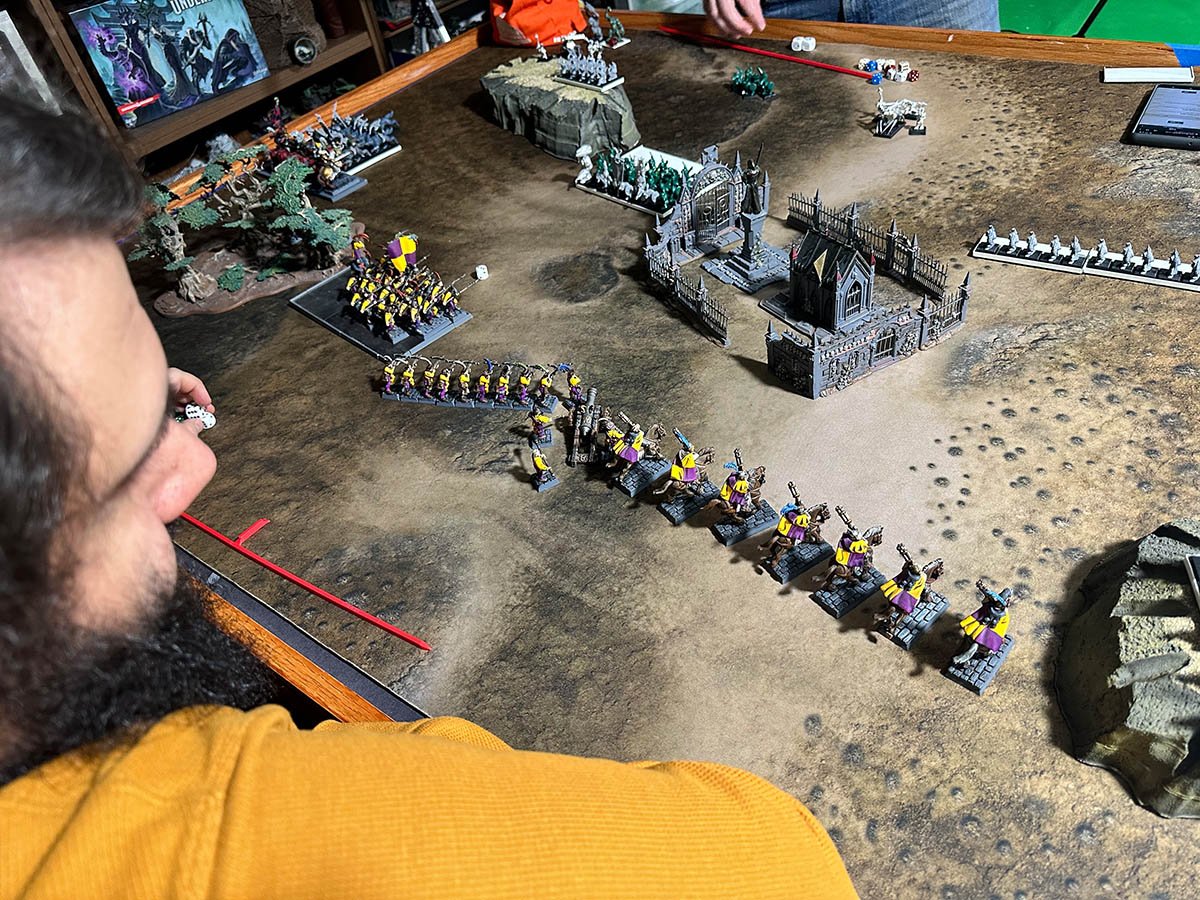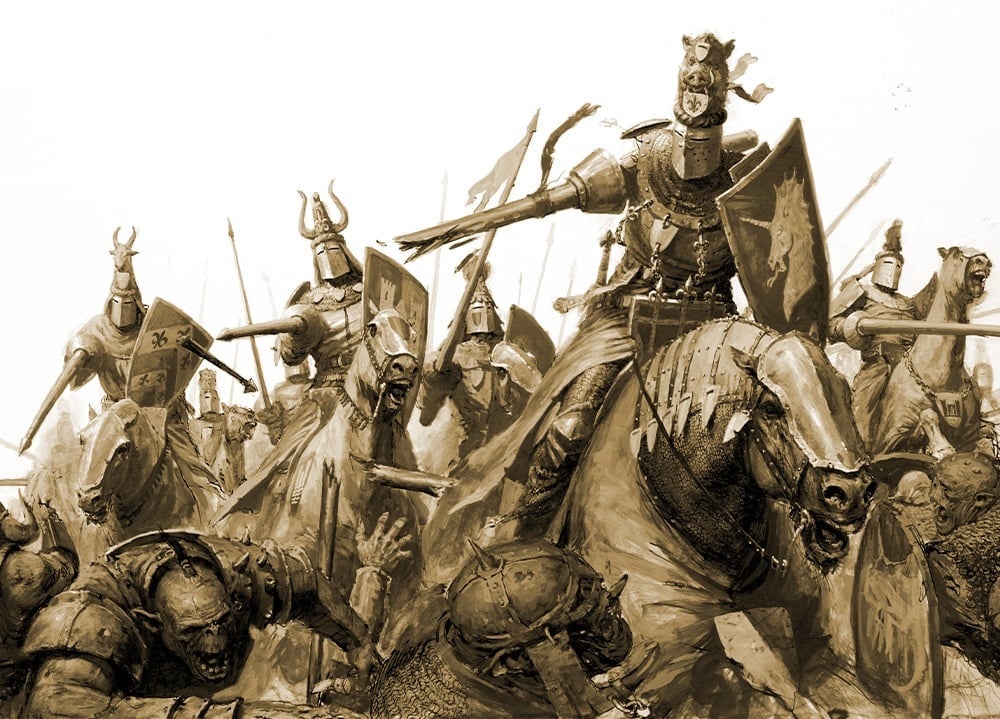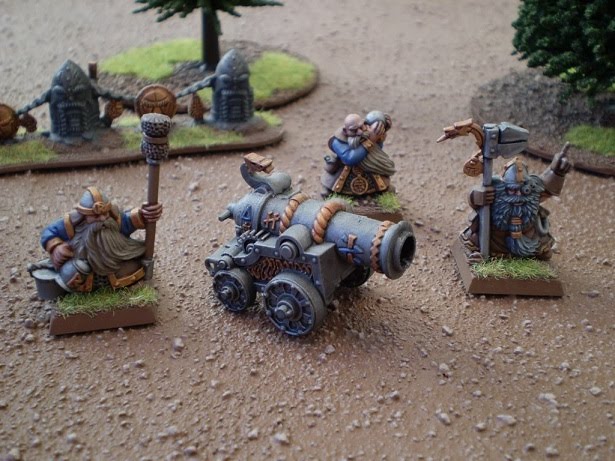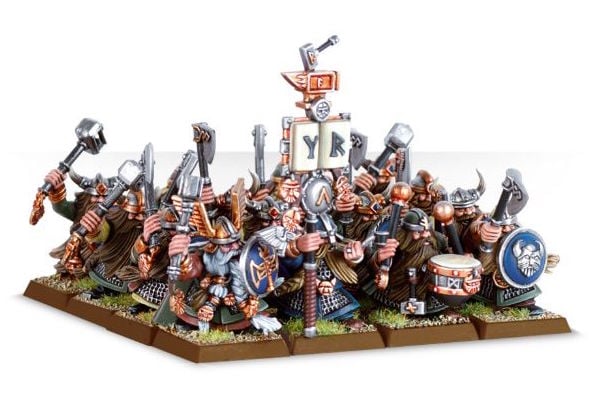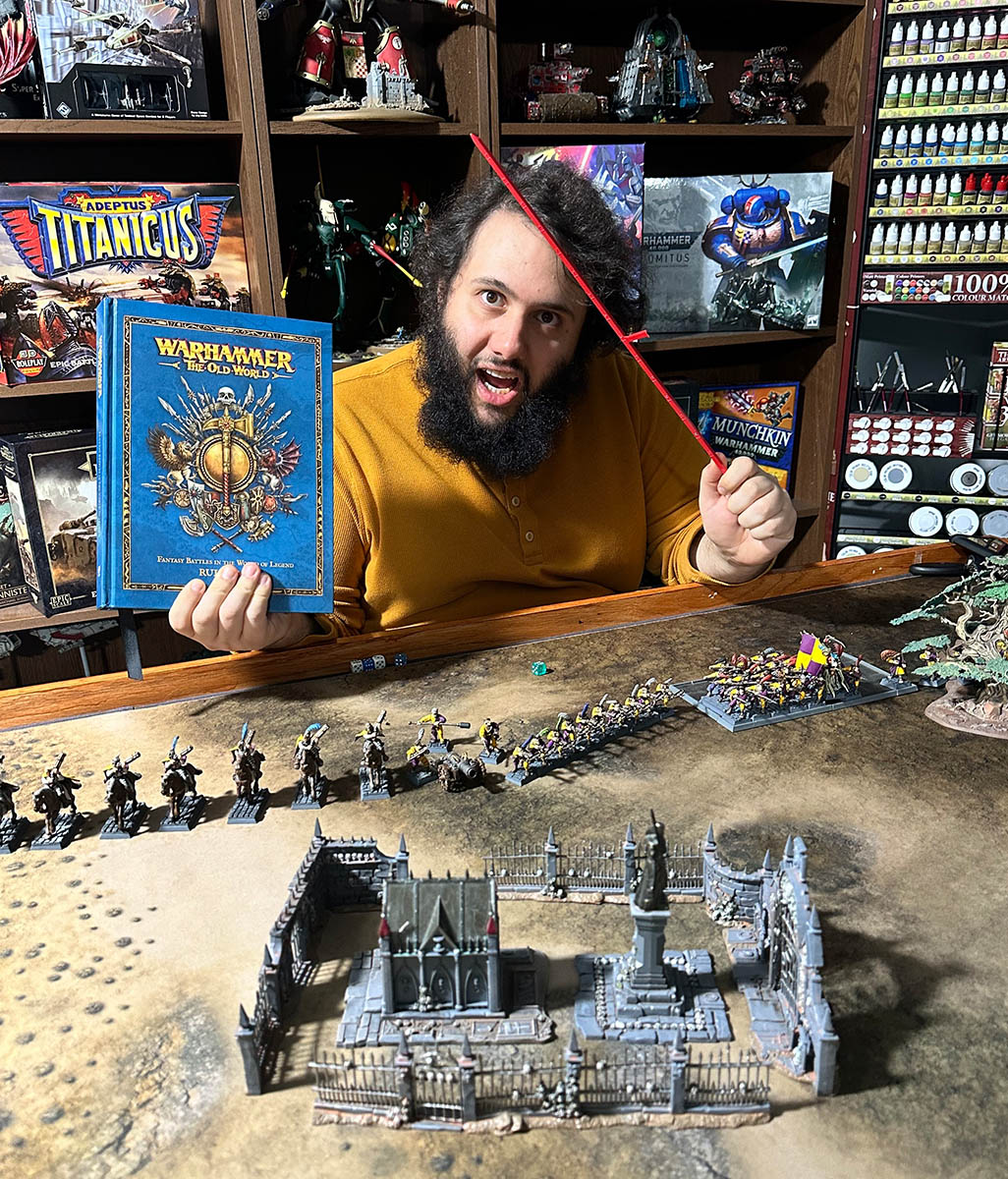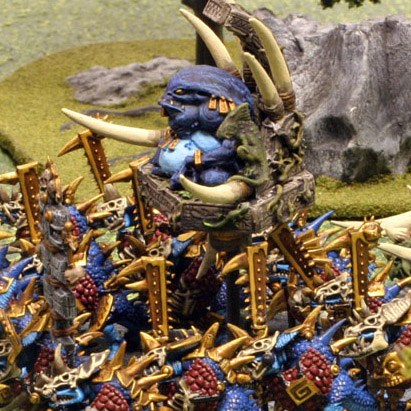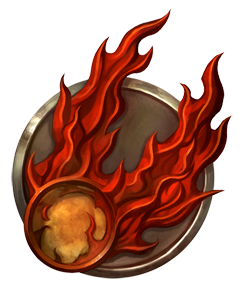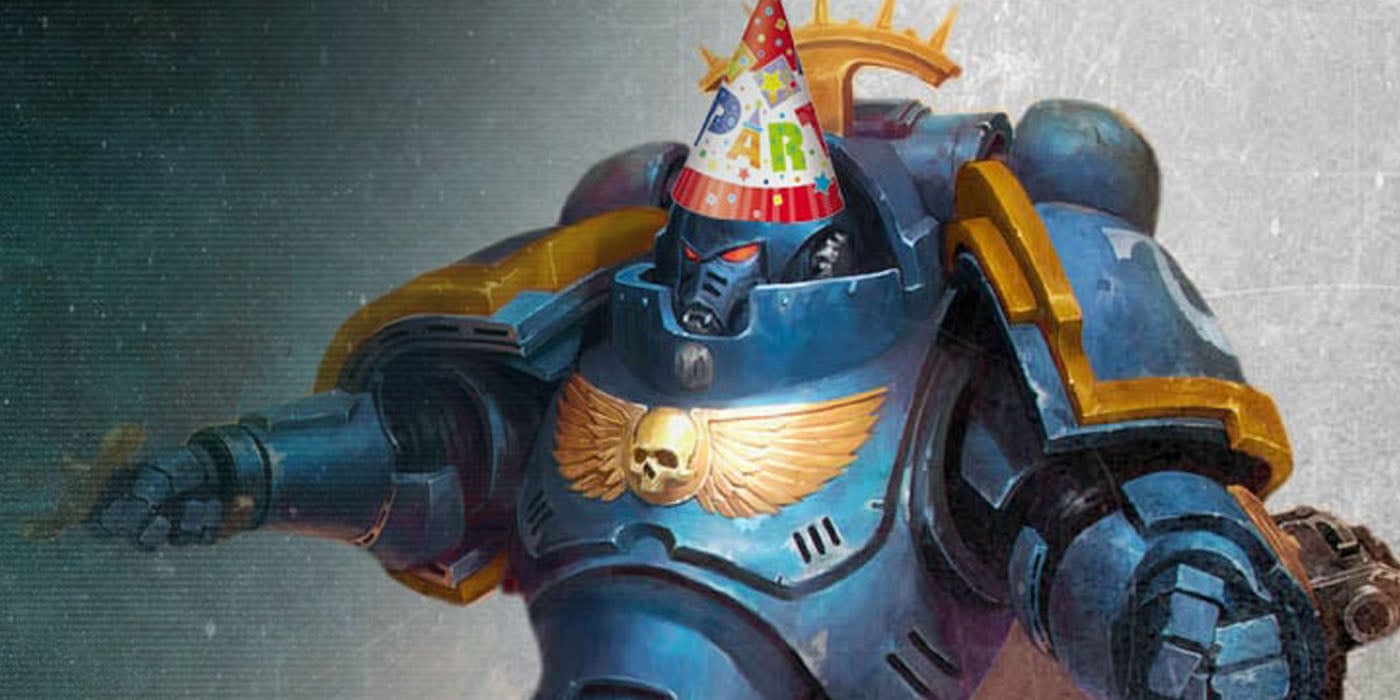‘Warhammer: The Old World’ – Five Important Changes From WFB You Need to Know
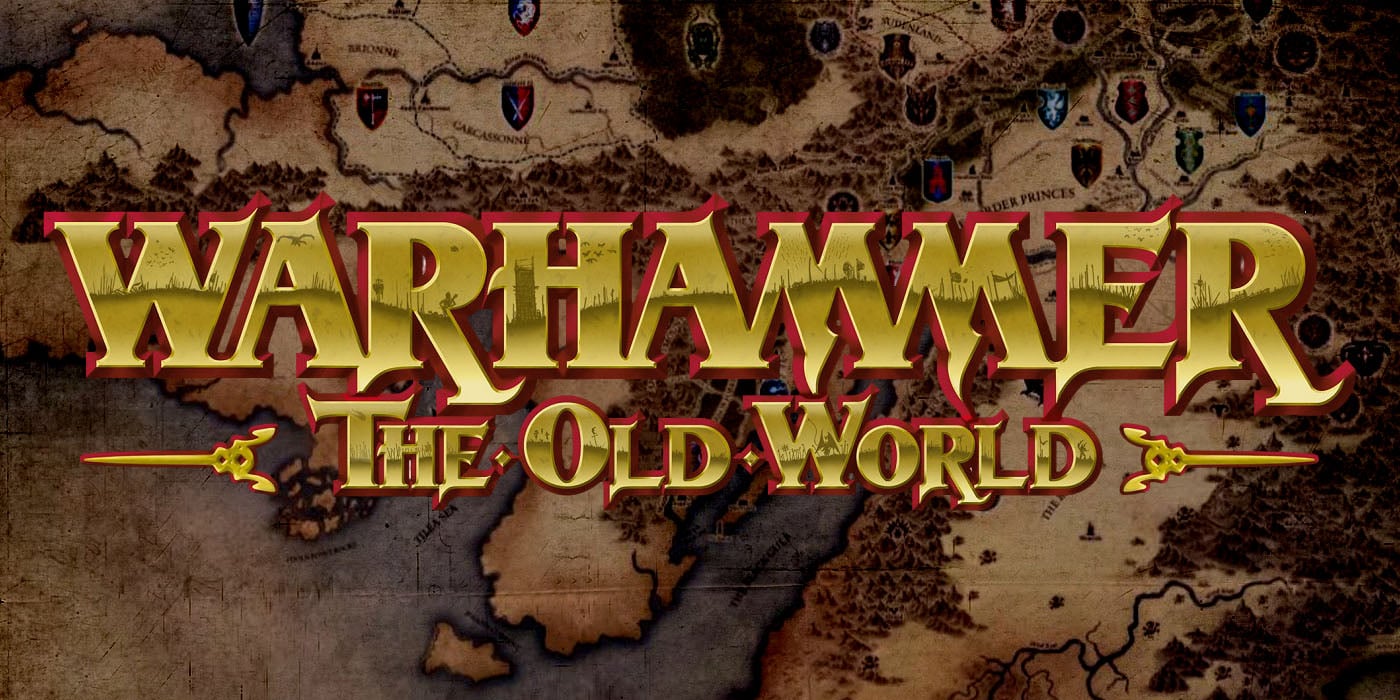

Warhammer: The Old World is its own game. Here are some pitfalls to avoid if you used to play Warhammer Fantasy back in the day.
This weekend, after almost a decade in the making, Warhammer: The Old World launches. It’s a really good game, maybe the best GW has made in the past 10 years or more. While it is its own game, it draws on a lot of other GW games. In particular, it is obviously built out of a lot of Warhammer Fantasy. If you played that game back in the day – The Old World will be very familiar.
This will no doubt help a lot of players ease into the new game. However, it can also lead to major pitfalls, where rules you think you know are gone. Today I want to look at a few important changes from the way things have worked in previous Warhammer games you should be aware of. I’m going to try to stay away from the really major ones that GW has already covered, like combat resolution and magic, and focus on those that might fly under the radar. So lets get started.
Armor Saves and AP
A big change that I’ve seen a lot of people have questions about – is how saves work. In WFB, your save was modified based on the strength of the enemy attack. This has gone away in The Old World. Instead, saves are modified only by the AP of the attack. Thus a S10 attack with an AP of -, would allow a full save still. Now, it’s not at all a crazy nerf. In general, a lot of S4 attacks, or things that make you S4, also have AP 1. Several whole armies basically get AP 1 free on their hand weapons. It is still a change, and you should not be adding the AP of the attack and its strength together or anything.
No Bonus For Mounted Or Hand Weapon and Shield
Speaking of saves, how you get them has also changed in a couple of big ways. In Warhammer Fantasy, being mounted by itself gave you a +1 to your save (with barding giving an additional +1). Another way to get a buff to your save was to be on foot with a hand weapon and a shield. This gave you a so-called “parry save” adding +1 to your save in melee. Neither of these is true in The Old World. As a result, the saves of pretty much all cavalry have dropped by one, with a lot of heavy knights only having a 3+ save.
Sword and board infantry have also gotten worse and no longer have an advantage over shield and spear infantry. Now it does all balance out a bit as AP has also gotten lower. However, it is something to be aware of so that you don’t calculate your save the old way! (Saves are also capped at a 2+, unlike in WFB).
War Machines and Saves
OK, last one about saves! This is a fairly easy change but one that is also easy to miss. In most editions of WFB, a lot of War Machine attacks, such as stone throwers, did not allow saves. The Old World has changed this, with you now getting your normal saves versus them, such as your enemies converted Bombard! Not all War Machines even have very high AP. Stone Throwers for instance are normally only AP -1, a big change from not allowing any save. Of course, now that you don’t have to guess when shooting them, they are more accurate…
Step Up and Fighting Ranks
There has been a bit of confusion about if, and what form of, the old “Step Up” rule is in the game, and how a fighting rank works. So to help clear up stuff, here is a quick rundown. When fighting, the rank of your unit that is a combat with the enemy, is the “fighting rank”. Normally, this is the front rank, but it could be the flank or rear if you are attacked there (woe to thee if so).
Every model that is in the fighting rank can attack the enemy, no matter the size. However, only models directly in base to base with an enemy model can make their full attacks- all others only get one. In addition, models that can fight in more than one rank, such as those with spears, can only attack if the model in front of them is in base to base with the enemy.
When a model from a unit is killed, they are taken from the front rank. In WFB 8th Edition their place was filled with a model that could attack that round. However in The Old World, models that “step up’ to fill a gap cannot attack. This is true even, if they were in a position before stepping to attack (such as coming from the second rank and using a spear). This allows for a nice mix of charging being important but large units still getting to make attacks.
Hordes
Lastly is another quick one I’ve seen a lot of questions about. In Warhammer Fantasy 8th Edition the Hordes rule allowed units that were ten or more models wide to have an extra rank fight. This was a major buff and encouraged, very, ridiculously, wide units. The Old World also contains the horde rule. However, it is completely different. It is now a USR given to some units that allow them to get an extra rank bonus to combat resolution over what they would normally be allowed. It’s a decent buff for big units. But it is not universal nor as good as an extra fighting rank. That they used the same name could lead to some confusion, so be aware!
Let us know what big changes you’ve noticed, down in the comments!

